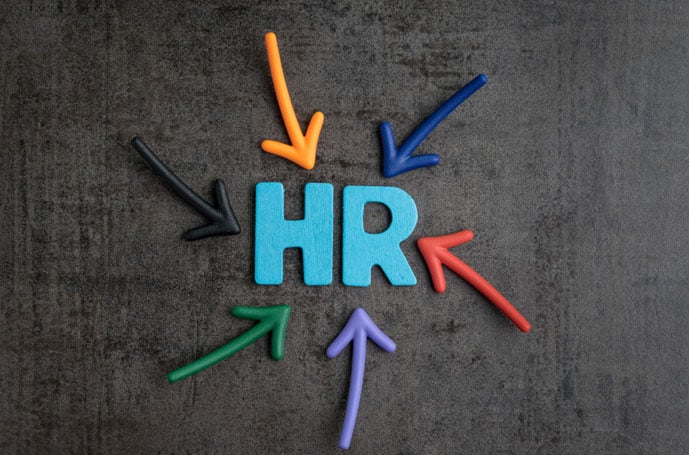Quick, well-informed salary structure decisions and transparent communication with employees to set compensation and benefit expectations will significantly increase the retention and productivity of those affected by an acquisition or merger. This holds true for the initial announcement timing through the transition period.
Benefits, especially healthcare-related, are a significant area of concern for employees. In an acquisition, the acquired employees would typically fall under the benefits umbrella of the acquiring company. In a merger, benefits from either company could be maintained, or having additional people in the company might reveal new benefit options and price points. Once the benefits are determined, Human Resources’ (HR) primary responsibility becomes communication and administration.
Harmonizing or integrating non-benefits compensation, on the other hand, can be a more significant challenge.
Retaining Key Employees
Retention of key employees helps maintain the value of an acquired company. Before finalizing the transaction, HR leaders should discuss it on a non-disclosure basis with key people making the transition. This provides insight into their expectations and motivations after the consolidation has been completed.
What do they like and dislike about their current role? What do they expect from the consolidation for their own career and compensation? Successful retention depends on taking their answers seriously when designing the integrated business structure and clearly communicating what to expect as a result. To validate if compensation expectations are reasonable for the market, an artificial intelligence (AI)-based compensation tool like LaborIQ® can provide a quick, reliable and data-driven answer.
The uncertainty of their career situations makes affected employees much more likely to consider new opportunities. Early conversations and negotiations can provide clarity for these key employees and reduce the risk of losing them as their input is sought to help inform major decisions for the consolidated company.
HR’s Heavy Lift
Depending on the locations and business sizes of the separate companies, employees in Product Development, for example, may have different job titles for similar responsibilities and be paid at different rates and pay bands. HR must decide whether to use one or the other company’s salary structure or an integrated, harmonized version.
A preliminary salary structure step is determining the actual job responsibilities and experience of each person in Product Development rather than relying on job titles. Then, employees can more easily be grouped into comparable roles and levels with a suitable, matching job title. This provides a singular view of product management talent that would be employed by the combined company. This harmonizing task can be complex unless the individual companies happened to already use the same model.
Does the consolidated business structure envisioned by the merger or acquisition team require the full combined set of employees? If not, there is now a well-informed combined view of this talent, enabling easy identification of the employees to retain.
Next, HR would determine the salary structure for the combined Product Development Department, considering existing individual salaries, headcount budget and current market-based rates. Although less critical than key employees, the combined company will depend on the retention of these employees to maintain productivity and forward momentum in a tight labor market, especially during the transition.
Planning for competitive salaries and pay bands that will fairly satisfy employees for engagement and retention can take multiple weeks as part of annual headcount planning due to the purchase of industry-specific salary surveys and intense analysis. In a time-compressed merger or acquisition situation, an AI tool like LaborIQ can significantly reduce the time required, increase the accuracy of competitive compensation calculations and reduce unconscious biases.
Summary
Compensation responsibility is only one of several that HR will bear in a merger or acquisition transition.¹ Current market-based salary bands for each job title or role across the two integrated companies — customized for company industry, location and size, and for employee experience and education — forms a solid, realistic salary structure. Access to reliable, updated salary information enables HR to quickly assess any compensation misalignments and gaps between companies and provides a reliable, data-based recommendation for harmonization.
Related Reads
• How To Recruit for Senior-Level Positions
• Review Your Remote-Work Strategy: Location-Based Salary Changes Could Widen Diversity Pay Gaps
Sources: 1. shrm.org/resourcesandtools/tools-and-samples/toolkits/pages/mergersandacquisitions.aspx









